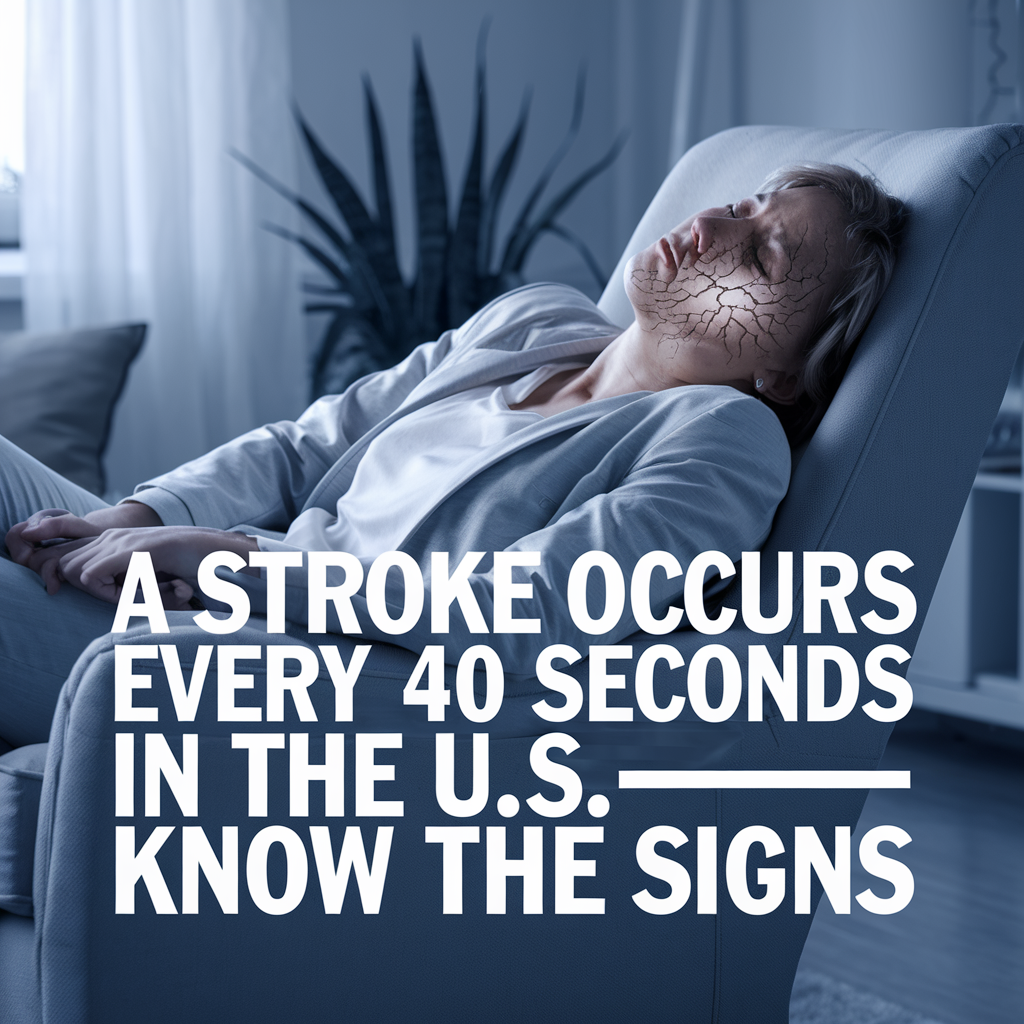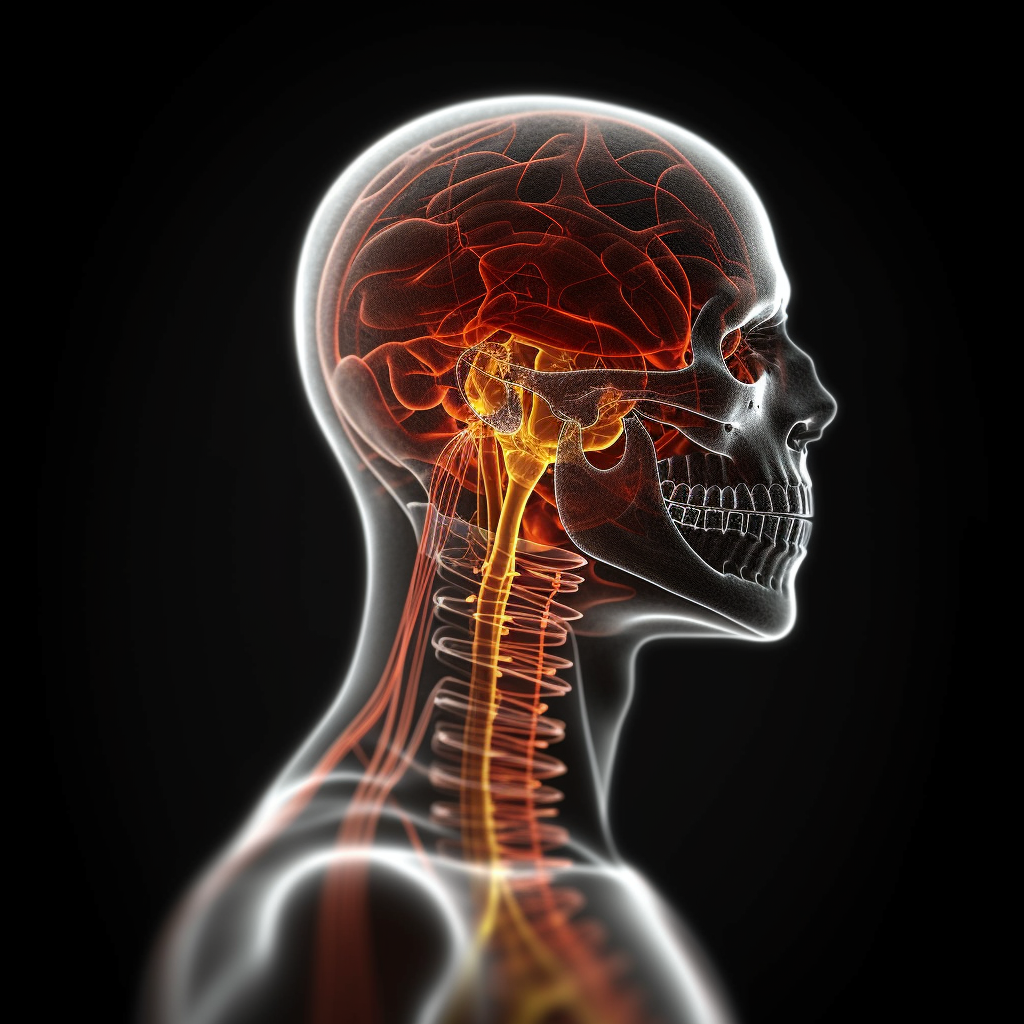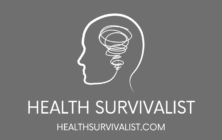
In the midst of our daily lives, sometimes the most crucial information is hidden in the simplest stories. The harrowing tale of Carla, who suffered a stroke while grilling, serves as a stark reminder of the importance of recognizing the signs of a stroke and taking swift action. Carla’s story tragically ended, but for many stroke victims, timely intervention can make all the difference between life and death.

The Missed Signs
Carla’s fall during a casual gathering seemed like an ordinary mishap. She brushed it off as a result of her new shoes, and her friends, concerned but unaware of the underlying danger, offered their support. It was easy to attribute her pallor and instability to the stumble, and the evening continued with laughter and shared moments.
The Fateful Consequences
Hours later, Carla’s husband was forced to confront the horrifying reality. His wife, who had been so full of life just hours earlier, had been taken to the hospital and was now gone. Carla had suffered a stroke while grilling, a medical emergency that can strike suddenly and unpredictably. The consequences of not recognizing the signs were tragically irreversible.
The Importance of Timely Action
A neurologist shared a critical piece of information: intervention within the first three hours of a stroke can potentially reverse its devastating effects. The challenge, however, lies in recognizing a stroke promptly and providing the necessary diagnosis and treatment within that crucial window of time.
Recognizing a Stroke: The Four Stages
The ability to recognize a stroke is pivotal in saving lives. There are four simple stages that can help determine if someone is experiencing a stroke:
- Smile Test: Ask the person to smile. If they are unable to do so or their smile appears uneven or lopsided, it could be a sign of a stroke.
- Speech Test: Ask the person to pronounce a simple sentence, such as “It’s very nice today.” Slurred speech or difficulty in forming coherent words may indicate a stroke.
- Arm Test: Request the person to raise both arms. If they are unable to raise one or both arms fully or they can do so only partially, it could be a sign of a stroke.
- Tongue Test: Ask the person to stick out their tongue. If their tongue appears crooked or twists to one side or the other, it’s another potential sign of a stroke.
Swift Action Saves Lives
If someone exhibits difficulties in any of these stages, it’s imperative to call an ambulance immediately and describe the person’s symptoms over the phone. A cardiologist emphasized that raising awareness about these signs can make a profound difference in saving lives.
The Power of Sharing
In the age of digital information, we often encounter a multitude of messages daily, some trivial and others genuinely impactful. Carla’s story reminds us that amidst the noise, we may come across information that can change lives. In this case, the knowledge of recognizing stroke symptoms is a piece of information that can mean the difference between life and death.
A Call to Action
If this information resonates with you, please share it. By doing so, you can help ensure that more people are aware of the signs of a stroke, and perhaps even save a life, maybe even your own. It takes just a moment to share something as critical as this, and the impact can be immeasurable. In the end, it’s not just about sharing a story; it’s about sharing the potential to change the fate of those affected by stroke.
As an Amazon Associate we earn from qualifying purchases through some links in our articles.




